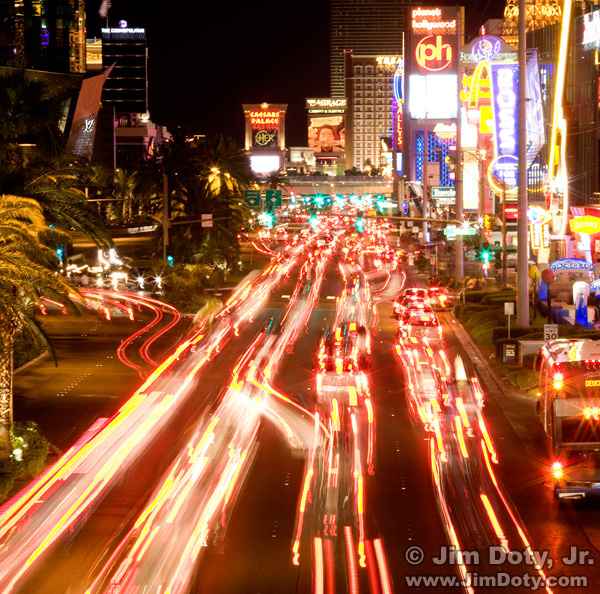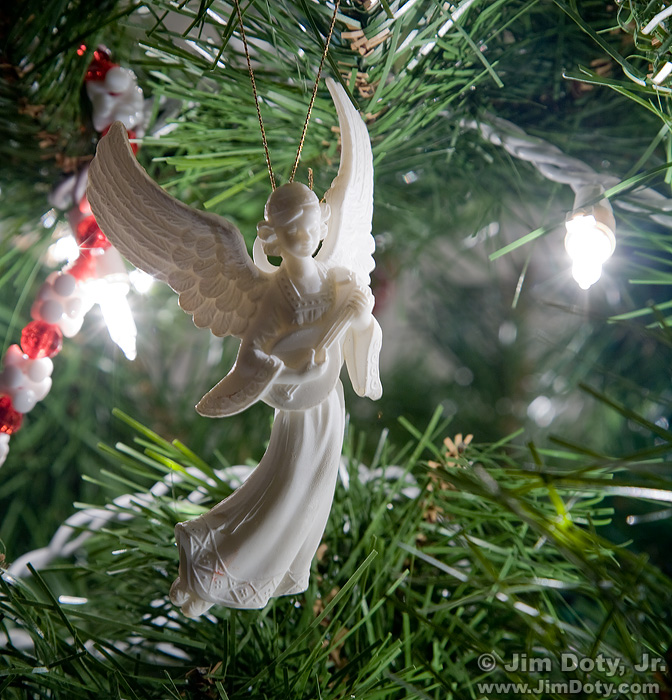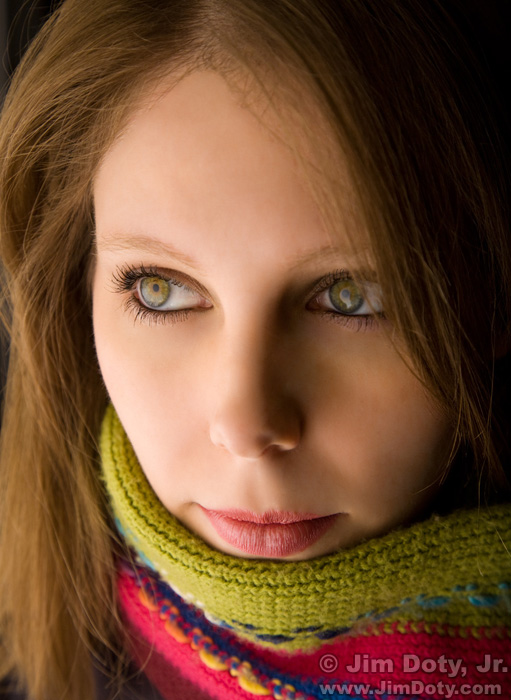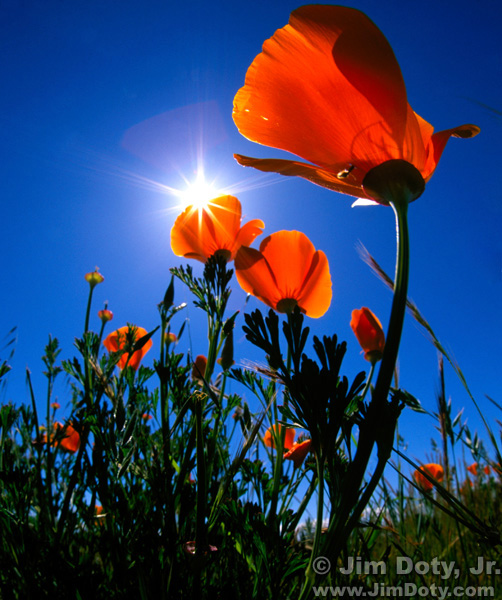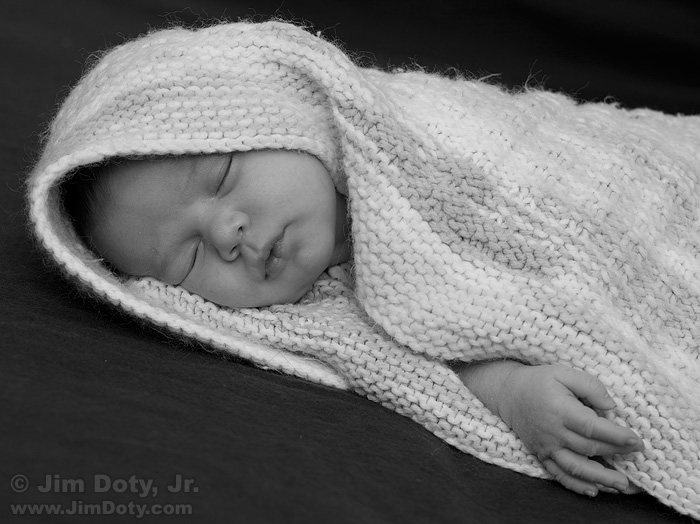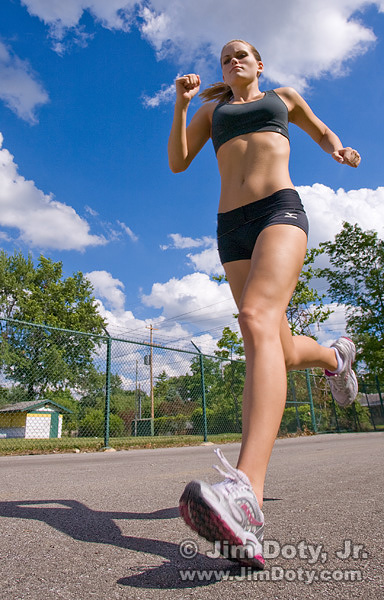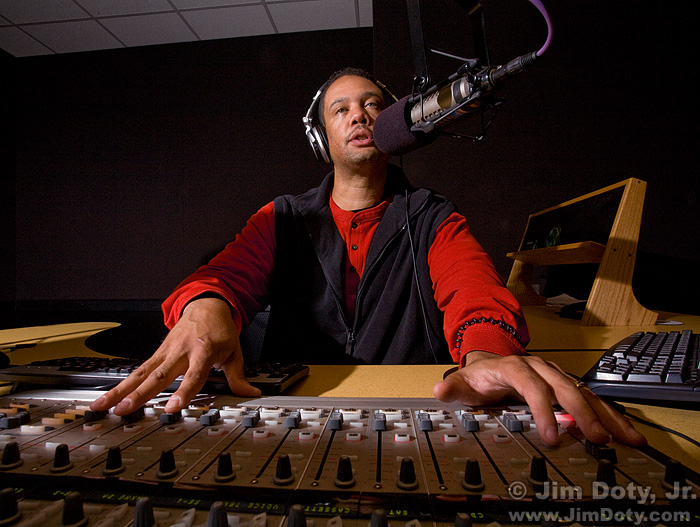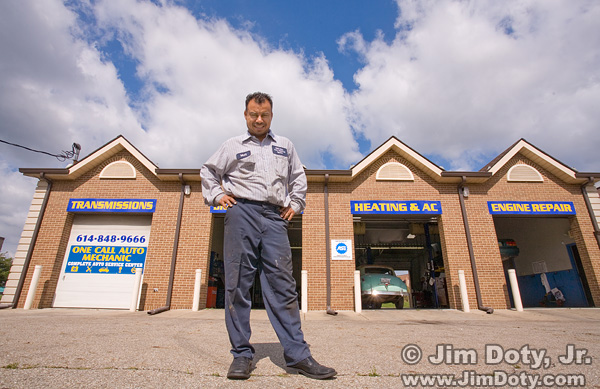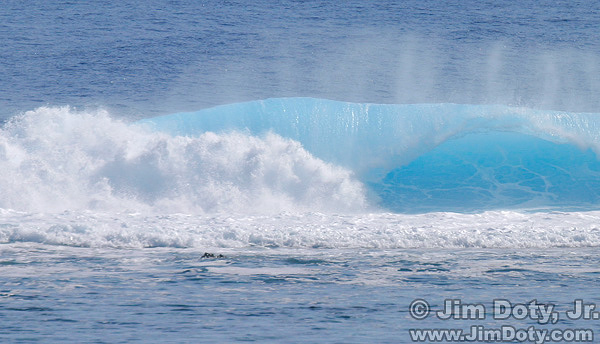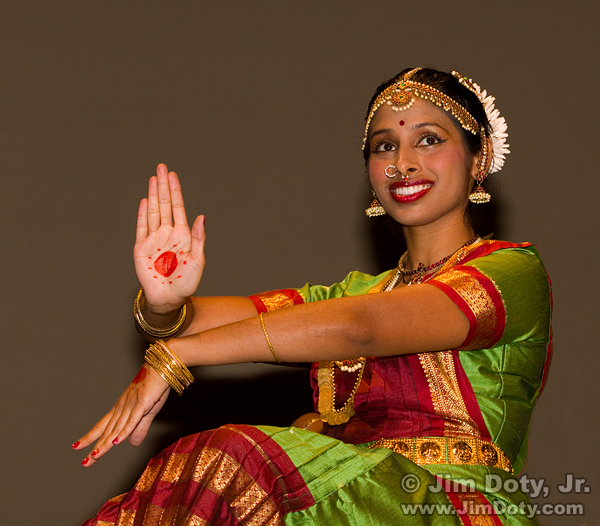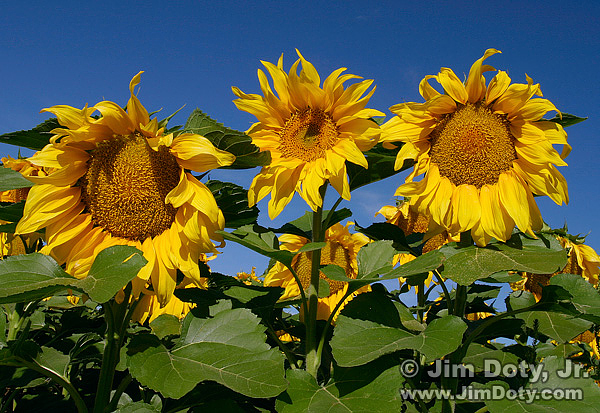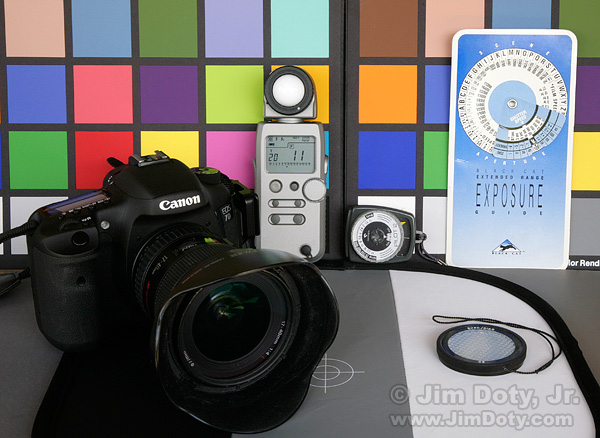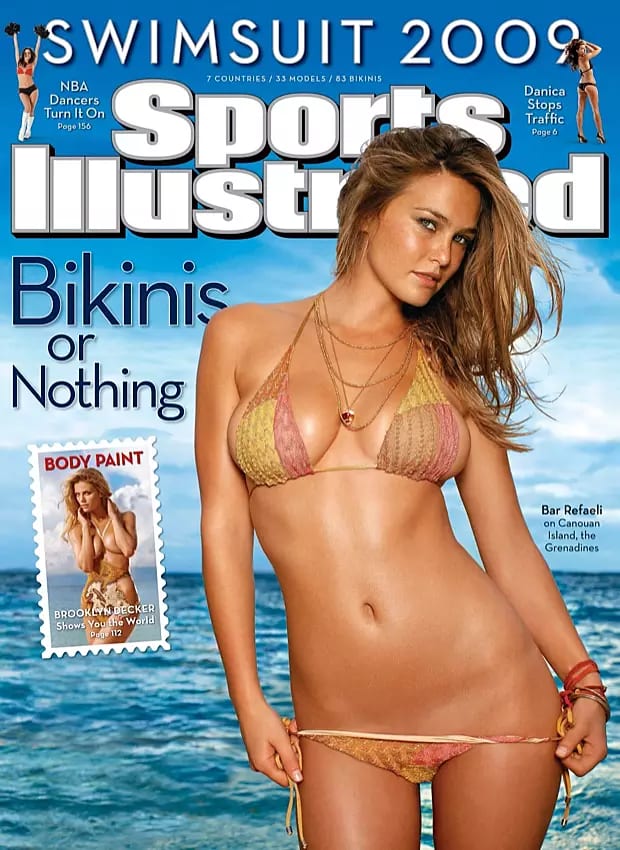Mastery of light is a key to great photography of any kind. Anticipating great light in order to be in the right place at the right time is one of the keys to great landscape photography. I was searching for great light on Denali (or Mt. McKinley as it is called in the lower 48).
Category Archives: Techniques
Better Portraits: Focus On the Eyes
Do you want to create better portraits? One of the simplest and best ways is to focus on the eyes. Countless photos lose their dramatic impact because the eyes are blurry. Of course their are times that you might be creating an artsy, unusual image where the eyes are deliberately blurred, but 99 times out of 100 the eyes should be sharp.
Printing Photos on Fabric
Printing photos on cloth is significantly different than printing on photo paper. If you want to try this, here’s the guidance you will need.
POTD: Golden Mantled Ground Squirrel
One way to make your subject “pop” is to isolate it against a soft blurry background.
POTD: “The Strip”, Las Vegas
With long shutter speeds, you can capture the passage of time in a way that your “instant snapshot eyes” can’t. Your eyes and brain are capturing a rapid series of individual images and turning them into motion, while a still camera can capture one very long image. You can create images with a camera that your unaided eyes can’t create.
POTD: Christmas Angel
In this “found photo”, I wanted to capture the light shining on the angel, but also the light shining through the angel’s somewhat translucent right wing. The challenge was to find an exposure that wouldn’t totally burn out the left side while catching the light coming through the wing.
POTD: Window Light Portrait, Part 2
There is a reason photographers like soft window light. It is great for all kinds of subjects, like the young woman above and the photo of a 2 week old infant in a prior post.
POTD: Poppies and Sunstar
Flowers photos are often taken from eye level (human eye level), but flowers usually look best when taken from the flower’s eye level. But some flowers, under the right conditions, look best when the camera is right on the ground and looking up.
POTD: Infant in Soft Window Light
Photographers take advantage of window light to create portraits, and long before photography, painters were making good use of window light. It can be beautiful light.
Put Your Camera On The Ground
Most photos are taken from eye level, so you can give your photos a dramatically different look by putting your camera on the ground.
Portraits: Open Shade on a Sunny Day
People generally look best when you photograph them in soft light. That’s why studios bounce the studios lights off of big umbrellas or through big “soft boxes” to widen and soften the light. The umbrella or soft box mimics the nice soft light you get on a “cloudy bright” day when there are just enough clouds to soften the light and minimize shadows.
Environmental Portraits and Off-Camera Flash, Part 2
Off-camera flash is so useful because it gives you a different look from the millions of photos that are taken with the flash on the camera. The light can come from any direction you choose, no matter where your camera is, and the latest technology makes automatic flash exposure quick and reliable.
Environmental Portraits and Off-Camera Flash, Part 1
If I am using flash for an environmental portrait, I usually prefer having the flash off of the camera. In this portrait of Warren Stevens (program director and mid-day air personality at Magic 106.3 FM in Columbus), the flash is above Warren and to his right, providing a nice semi side-lit photograph. On camera flash is flat and even. Getting the flash off of the camera and moving it to the side provides more shape and texture to the subject.
Matt Dirty! Matt Clean!
“Matt Dirty”, “Matt Clean” was Matt’s idea. He is the owner of One Call Auto Mechanic, and he asked me to do a set of “environmental portraits” of him at work (Matt Dirty), plus another set of portraits for his family (Matt Clean). In this post, I show you some of both, along with some photo tips and a few safety suggestions for this kind of shoot.
Photo of the Day: Tahitian Wave
We were on the western shore of Tahiti Nui watching the the waves break on a reef, quite a ways from the beach. A strong wind was blowing from the beach out toward the waves, blowing a fine mist of water off the tops of the waves and out toward the Pacific. The waves themselves were a beautiful shade of blue and a nice contrast to the darker blue of the surrounding water. It was the blue of the waves and the fine mist blowing off the crest of the waves that attracted me to this scene.
Dog in Flight: Capturing Action
Capturing action is a matter of choosing the right shutter speed. You have a lot of options from a sharp subject against a blurred background to a sharp background with a blurred subject, or both blurred, or a sharp subject and a sharp background.
Sai Charita: Dance Drama
Shooting “events” is both challenging and rewarding. The photographer has very little control over the lighting and the position of the subjects (unlike most other kinds of photography), so you make the most of what happens and improvise. Shooting events will do wonders for your photographic skills, not to mention the eye-catching photos that can be captured.
Getting Maximum Sharpness
A lot of images fail because they just don’t look sharp. Of course there are times when you want a blurred photo, but most of the time photographers want part of their image (if not most of the image) to look sharp and crisp. The seeds in this sunflower photo are a good example of an image that asks to be sharp.
Incident Light Metering on the Cheap
A simple $12 accessory will do most of the work of a $300 incident light meter. Hard to believe? Keep reading.
Using Your Camera’s Light Meter
Taking charge of exposure is one of the best indications someone is getting serious about the quality of their images. Learning the ins and outs of the camera’s reflected light metering system is a great way to start.
Geminid Meteor Shower Peaks Tonight – Dec 13-14
Observers with clear dark skies can see up to 100 meteors per hour. Best viewing and photography will be in the hours just before dawn on Dec 14. Details follow.
PHOTO LESSONS FROM THE SPORTS ILLUSTRATED SWIMSUIT ISSUE
I kid you not. You can learn photography lessons in a lot of different places. A great lesson in lighting is to watch the movie Citizen Kane. Turn off the sound and study the use of light and shadow.
It may seem like big jump from Citizen Kane to the Sports Illustrated Swimsuit Issue (and it is), but they both teach valuable lessons.
You will need to go out and buy the Swimsuit Issue. Then go to this online article [this link no longer works] at the New York Institute of Photography (NYIP) web site. Read the online article and check out references to the pages in the SI swimsuit issue. You will learn lessons in technique, lighting, focus, and detail. Seriously.
The NYIP web site [this link no longer works] is worth checking out on a regular basis for the free, ongoing photo lessons they provide.
Update, February 7, 2024: NYIP no longer owns the NYIP.com domain name so the links no longer work. This NYIP article is no longer online. The 2009 swimsuit issue is not readily available and I don’t know which photos are referred to in this photo lesson, so I looked for images of SI models that match the topics.
PORTRAITS: EXCELLENT TUTORIAL ON WHITE SEAMLESS PAPER
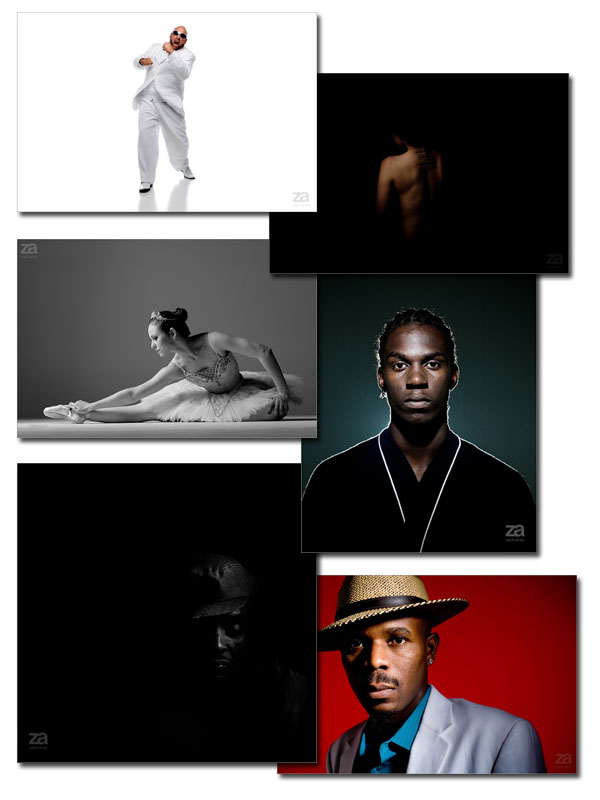
Photos © Zack Arias. All rights reserved.
Look at the above photos (you can see them here in a larger size). They were all photographed against a white seamless background.
Are you impressed? I am.
How do you do this?
JEWEL-BOX LIGHTING
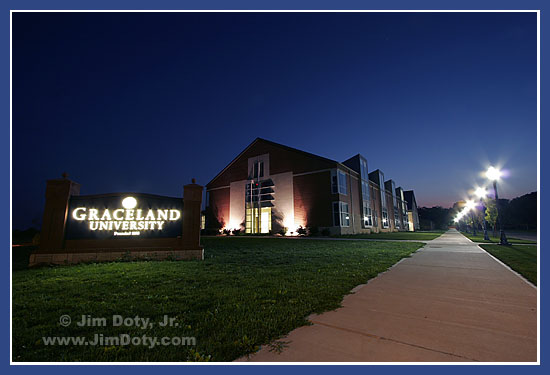
Helene Center for the Visual Arts, Graceland University.
Photo copyright (c) Jim Doty, Jr.
“Jewel-box lighting” is a technique for photographing lighted buildings in late evening light so it looks like night but there is some color left in the sky. It works best if the exterior of the building is at least partially lit by flood lights. The technical challenge is to balance the lighting on the building with the deep blue of the sky.
to continue, click the page links to the right




